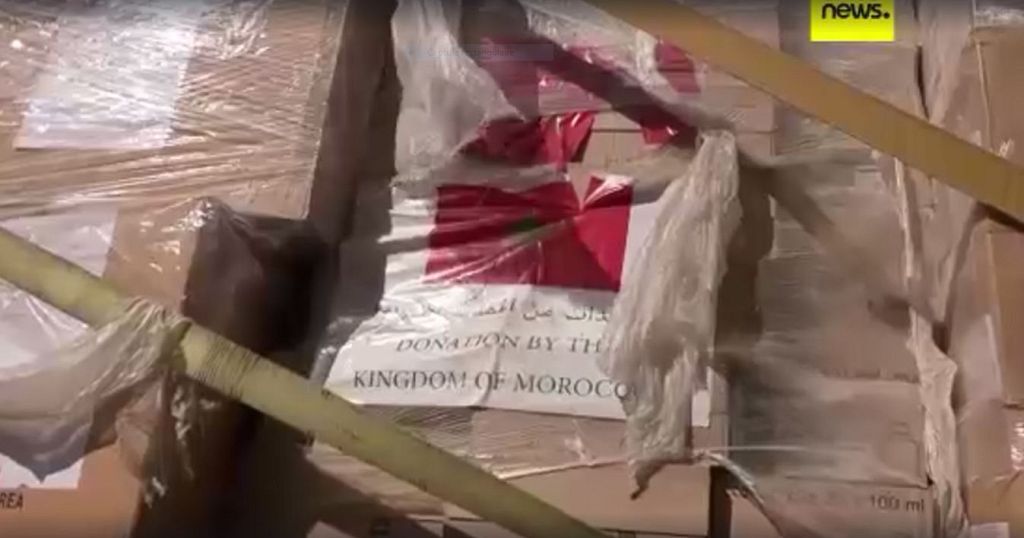Morocco has delivered its third humanitarian aid convoy to Gaza since the onset of the crisis, amplifying international efforts to alleviate severe shortages of food and medical supplies in the besieged enclave. The shipment, authorized by King Mohammed VI of Morocco in his capacity as Chair of the Al-Quds Committee, entered Gaza via the Kerem Shalom crossing and includes critical resources such as pharmaceuticals, emergency medical equipment, and staple foods. Palestinian Red Crescent teams have assumed responsibility for distributing the aid to high-need areas, according to officials.
Residents expressed gratitude for the assistance, with one Gazan civilian stating, “We deeply appreciate Morocco’s unwavering support. Their consistent deliveries, particularly of medicines, have been a lifeline for many.” The sentiment reflects broader local acknowledgment of Morocco’s sustained aid campaigns, which have prioritized healthcare essentials amid Gaza’s crumbling infrastructure.
The Moroccan initiative aligns with a surge in multinational relief operations. Over recent days, Jordan, the United Arab Emirates, France, and the United Kingdom have conducted airdrops of humanitarian supplies using military aircraft, aiming to bypass logistical challenges hindering ground access. These coordinated maneuvers underscore mounting global concern over Gaza’s deteriorating conditions, where malnutrition rates and medical supply deficits have reached critical levels.
Analysts frame Morocco’s involvement as part of a strategic effort to bolster both humanitarian and diplomatic influence. The North African kingdom, through the Al-Quds Committee, has long positioned itself as a mediator in the Palestinian-Israeli conflict. By spearheading aid deliveries, Rabat reinforces its role as a humanitarian leader within the Islamic world while addressing immediate civilian needs. Observers suggest such actions could enhance Morocco’s standing in broader regional negotiations.
As humanitarian organizations warn of an accelerating crisis, expectations grow for expanded international interventions. While current efforts highlight a patchwork of bilateral and multilateral initiatives, calls persist for more systemic solutions to ensure sustained access to aid. The coming weeks may test the international community’s ability to bridge urgent relief with longer-term strategies to stabilize Gaza’s humanitarian landscape.
